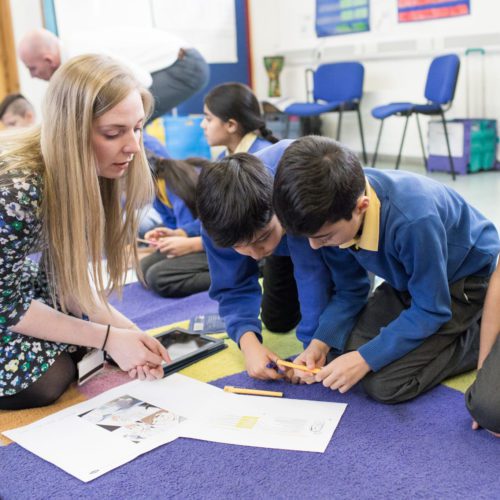Helping people choose their own better futures
We combine evidence-informed design, behavioural insight and positive psychology with engaging technologies to craft solutions and interventions that change culture or behaviour.
Safer Streets for Chalvey’s Young People
Home Office back Lime to bring about long-term change!

What we do
We search for a profound understanding of the experiences and perceptions of those we work with.
A search that requires real-world research to prototype and refine new ways of thinking.
We are Lime
Why Us?
We’re happy to get involved at any stage of the process, consulting on research, intervention design or implementation. However, we love to do it all, using our tried and tested methodology to ensure that — from conception right through to delivery — every project achieves its maximum potential.

Latest Projects

Tales from the Lab
Welcome to “Tales from the Lab”, where we combine our passion for research and immersive technologies to develop interventions that transform behaviour.
Read more
One|80
Project One|80 is an approach to help young people understand behaviours that might lead them into trouble, and to help them get better at making smart choices. It has been developed for Police Officers working in Youth Justice settings, but might be valuable to other youth justice practitioners.
Read more
CRC Project
Jeval is 10-years-old. He lives on a second floor maisonette with his mum in a part of Birmingham characterised by multiple deprivation, poverty and crime. Jeval’s teacher described him as a boy who, upon starting year 6, “could have gone either way”.
Read more
The Choices Programme
When Lime was asked to explain why many young people get caught up in problematic behaviour, this sparked a deep exploration into what it takes to understand and make critical decisions and ultimately led to the creation of the Choices Programme.
Read more


